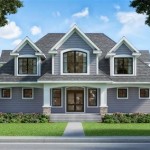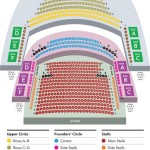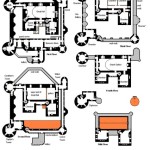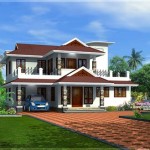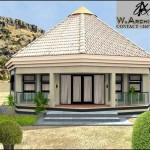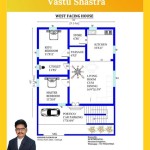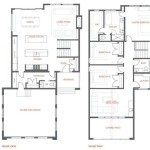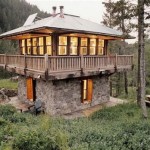Pole House Plans: A Guide to Elevated Living
Pole houses, also known as stilt houses, have long captured the imagination with their unique design and connection to nature. This type of construction elevates the living space above the ground, creating a captivating and functional home. While pole houses are often associated with tropical climates, their versatility and adaptability make them suitable for a wide range of environments. Pole house plans offer a compelling alternative to traditional construction, providing numerous benefits and design possibilities.
Advantages of Pole House Plans
Pole houses offer a distinct set of advantages that make them particularly appealing for specific situations and preferences. Here are some key benefits:
1. Cost-Effectiveness
Pole house plans can be more cost-effective than traditional foundation construction. The use of fewer materials, particularly concrete, can significantly reduce construction costs. This makes pole houses a viable option for those seeking an affordable and efficient building solution.
2. Adaptability to Terrain
Pole houses excel in adapting to challenging terrain. Their elevated structure allows them to be built on slopes, uneven ground, or even over water. This flexibility makes them ideal for locations where traditional foundations would be difficult or impractical, such as coastal areas or hillside properties.
3. Environmental Considerations
Pole house construction minimizes the impact on the surrounding environment. The limited excavation and footprint reduce disturbance to the land. Additionally, the elevated structure allows for natural ventilation and light, potentially reducing energy consumption.
4. Improved Views and Natural Light
Pole houses often offer panoramic views and an abundance of natural light. Their elevated position provides unobstructed vistas of the surrounding landscape, fostering a sense of connection to nature. The open space below the house allows for increased air circulation and sunlight penetration, creating a bright and airy interior.
5. Flexibility in Design
Pole house plans offer a high degree of design flexibility. The structure's adaptability allows for a range of architectural styles, from modern and minimalist to rustic and traditional. Furthermore, the open space below the house can be utilized for various purposes, such as parking, storage, or outdoor living areas.
Types of Pole House Plans
Pole house plans encompass a variety of designs and configurations depending on the desired architectural style, location, and intended use. Some common types include:
1. Single-Story Pole Houses
These plans typically feature a single level of living space above the ground, offering simplicity and efficient use of space. They are well-suited for smaller families or individuals who prefer a compact and streamlined design.
2. Multi-Story Pole Houses
For those seeking more space and flexibility, multi-story pole house plans offer multiple levels of living space. This allows for a variety of room arrangements and configurations, catering to larger families or those with specific functional needs.
3. Open-Plan Pole Houses
Open-plan pole houses emphasize a spacious and integrated living environment. They minimize interior walls, creating a sense of openness and flow between different areas of the house. This design is ideal for those who value a modern and minimalist aesthetic.
4. Traditional Pole Houses
Traditional pole houses often incorporate elements of indigenous architecture and cultural influences. They may feature thatched roofs, natural materials, and traditional building techniques, reflecting the local environment and history.
Factors to Consider When Choosing Pole House Plans
Before embarking on a pole house project, it's essential to carefully consider several factors to ensure a successful and satisfying outcome. These include:
1. Local Building Codes
Building codes vary from location to location, and it's crucial to review and comply with applicable regulations. Some areas may have specific requirements for pole houses, including minimum height requirements, wind load resistance, and foundation specifications.
2. Site Assessment and Soil Conditions
A thorough site assessment is essential to determine the suitability of the land for pole house construction. This includes analyzing soil conditions, identifying potential hazards, and understanding the topography of the site.
3. Environmental Considerations
Pole houses can have a minimal environmental footprint, but it's important to consider the impact on the surrounding ecosystem. This may involve assessing the potential disruption to wildlife habitats, drainage patterns, and vegetation.
4. Design and Functionality
The design and functionality of the pole house should align with the intended use and personal preferences. It's essential to carefully consider the layout, room sizes, accessibility, and overall aesthetic to ensure a comfortable and functional living space.
5. Budget and Cost Estimation
Develop a realistic budget and obtain accurate cost estimates for materials, labor, and permits. Pole houses can be cost-effective, but unforeseen expenses can arise, so it's essential to plan and allocate resources effectively.
Pole house plans offer a unique and appealing approach to home construction. Their versatility, cost-effectiveness, and environmental benefits make them a compelling choice for those seeking a connection to nature and a distinctive living experience. By carefully considering the various factors and engaging qualified professionals, individuals can create a sustainable and beautiful pole house that meets their specific needs and aspirations.

Pole Or Stumped Homes Building Advice Rural Company

The Stirling Stumped Homes Perth Pole House Design Kitco Builders

Timber Frame Pole Homes Custombuilt

Timber Frame Pole Homes Custombuilt

Timber Homes In Perth Western Cedar

Beginning A Shouse Journey In State Part I Hansen Buildings

41 Years Sloping Site Design Construction Wide

Milton Hill House Plan One Story Barndominium Modern Farmhouse

Timber Homes In Perth Western Cedar

3 Besting Farmhouse Designs The Rural Building Co

